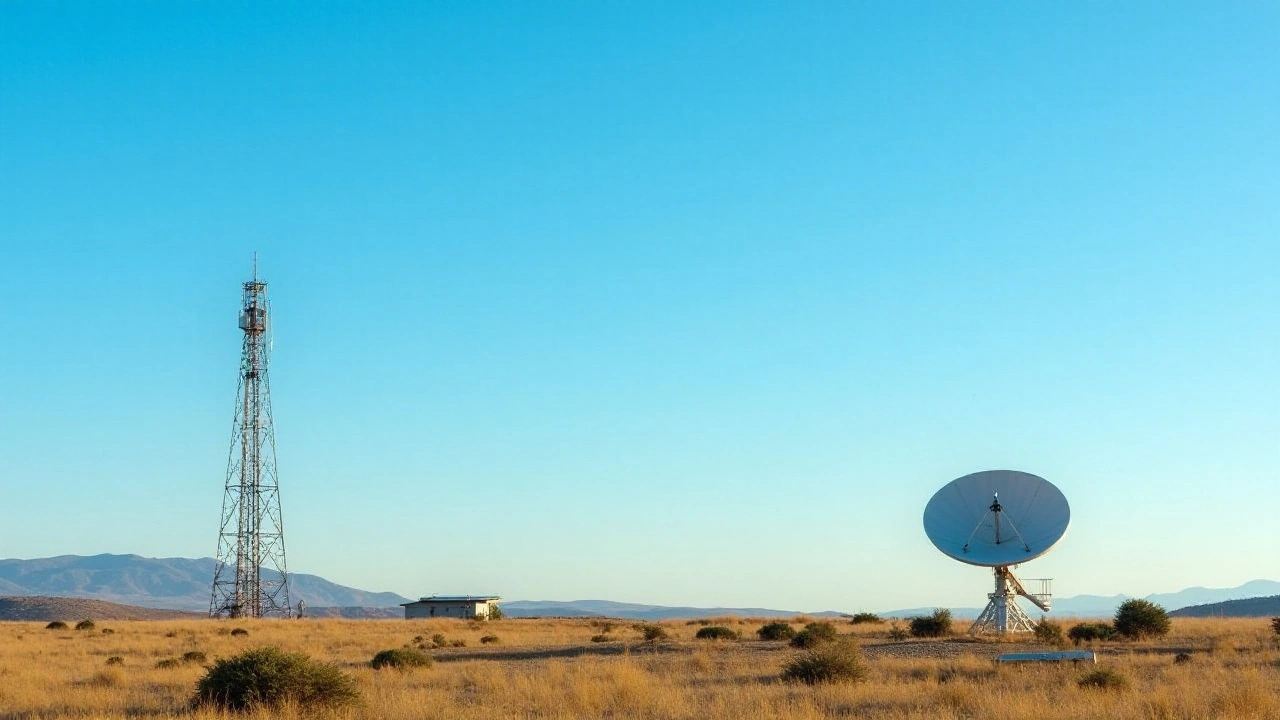Starlink – Your Guide to Satellite Internet from Space
If you’ve ever struggled with a weak Wi‑Fi signal on a farm, at sea or in a remote village, you’ve probably heard the name Starlink. It’s Elon Musk’s satellite network that promises fast, reliable internet almost anywhere on Earth. In this guide we’ll break down what Starlink is, why it matters right now, and how you can sign up without getting lost in tech jargon.
How Starlink Works
Starlink uses a constellation of low‑earth orbit (LEO) satellites that circle the planet at about 550 km altitude. Unlike traditional geostationary satellites that sit far above the equator, these LEO sats are much closer, so they can deliver lower latency – think video calls that don’t sound like robot chatter.
Each satellite talks to a small dish you mount on your roof or balcony. The dish tracks the moving satellites automatically, so once it’s set up you barely have to worry about it. Data travels from the dish up to a passing satellite, hops across the network, and then down to ground stations that connect to the internet backbone.
The system is constantly expanding; as of 2025 there are over 4,000 Starlink satellites in orbit. More sats mean better coverage, faster speeds, and fewer dead spots. If you live under a tree canopy or in a mountainous area, chances are the network will still find a line‑of‑sight path to one of those moving dots.
Getting Started with Starlink
Signing up is simple. Visit the official Starlink website, enter your address and see if service is available. If you’re in a covered region, you’ll be shown an estimated start‑date based on satellite passes over your area.
The kit costs around $599 (price varies by country) and includes the dish, mounting tripod, power supply, and Wi‑Fi router. Shipping takes a few days to a week, and most users can install it themselves in under 30 minutes using the step‑by‑step guide that comes with the box.
Monthly fees are roughly $110 for the standard plan, which offers speeds from 50 Mbps up to 200 Mbps depending on congestion. There’s also a “Starlink Premium” option for businesses and heavy users that pushes speeds past 500 Mbps and includes higher data caps.
If you’re on a tight budget, keep an eye out for community programs. In several African countries Starlink has partnered with local NGOs to provide discounted service to schools and health clinics. Those deals often come with a reduced upfront cost and longer contract terms.
Before you order, check the local regulations. Some nations require permits for satellite dishes or have bandwidth restrictions. A quick search on your government’s telecom portal will tell you what paperwork, if any, you need.
Once it’s up and running, you’ll notice a clear difference compared to old dial‑up or 3G connections. Streaming HD video, online gaming, and video conferencing become smooth, even in places where the nearest cell tower is miles away.
One of the biggest wins for Starlink is its ability to power remote education and telemedicine. Teachers can run live classes without buffering, and doctors can consult patients via secure video calls – all thanks to a satellite dish on the roof.
Looking ahead, SpaceX plans to launch thousands more satellites through 2027, aiming for global coverage that rivals ground‑based fiber networks. They’re also experimenting with “Starlink Mobile” – a portable version of the dish you can take on a boat or RV.
So whether you’re a farmer needing reliable data for precision agriculture, a traveler wanting internet on the road, or just someone tired of spotty broadband, Starlink is worth a look. The technology keeps getting better, prices are slowly coming down, and the community around it is growing fast.
Ready to give it a try? Head over to starlink.com, check your address, and you could be online in just a few days. Welcome to the future of internet – no matter where you are.

